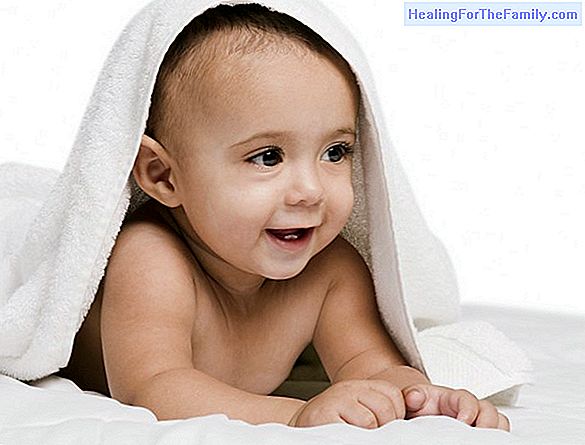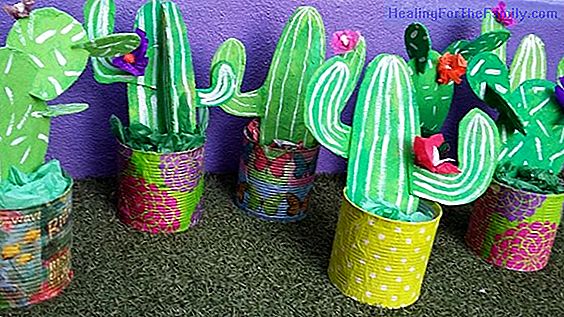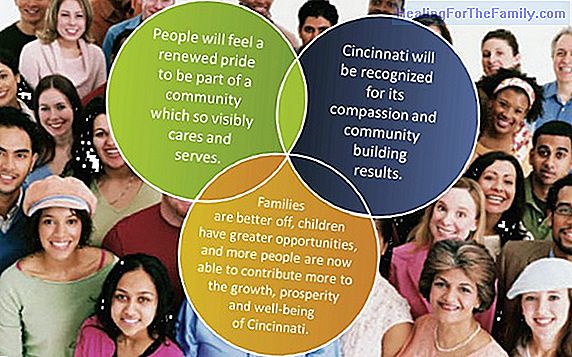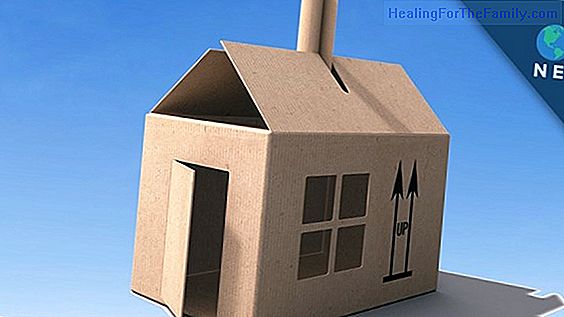Teach the child to treat the subject of lice naturally
Having lice or nits is something very normal in children during the school stage, so much so that it is estimated that during a school year, 1 in 5 children will have had pediculosis. Despite all the existing information, for many parents it is still a taboo and they hide the fact with the consequen
Having lice or nits is something very normal in children during the school stage, so much so that it is estimated that during a school year, 1 in 5 children will have had pediculosis.
Despite all the existing information, for many parents it is still a taboo and they hide the fact with the consequences that this entails. On the one hand, they do not want their son to be identified in school as: 'the lousy' and, on the other hand, there is still a belief associated with the lack of hygiene with which they do not want to be involved.
Teach children not to be ashamed of having lice

Lice may have been related to the lack of hygiene in the population for years, however, nowadays it has been shown that it is not related to cleanliness or social situation of the affected child. But how to teach children not to feel ashamed if they have lice?
- It is important to take iron from home and never resort to phrases such as 'do not tell anyone'. It is convenient to act naturally and talk about it without hindrance.
- Go to school and inform without shame any of what happens. If our son sees us acting in this responsible way, he will take it as normal.
- Explain to the children what the lice are, how they reproduce and why the infestation occurs more during childhood, will help them to understand.
- Help him to dramatize the problem explicar and explain to him that no one is exempt from being infected, therefore if there is a child that points or laughs at him, maybe he is the carrier of these bugs tomorrow, nobody is free. In fact, if your child has them, it is because another person or child has infected them. Expl - Explain that lice do not carry diseases or involve any risk to health. -
Use funny forms
, as recommended by the child psychologist Rocío Ramos-Paúl, as 'to set up a hairdresser at home doing different hairstyles while the treatment is applied or take the opportunity for a change of look' In short, talk to natural lice, give real information to the child and that does not lead to confusion and provide the necessary arguments so that you do not feel embarrassed is the best formula so that it does not become a problem for him.Source
: Piojosfuera.com, an initiative of OTC Antipiojos












